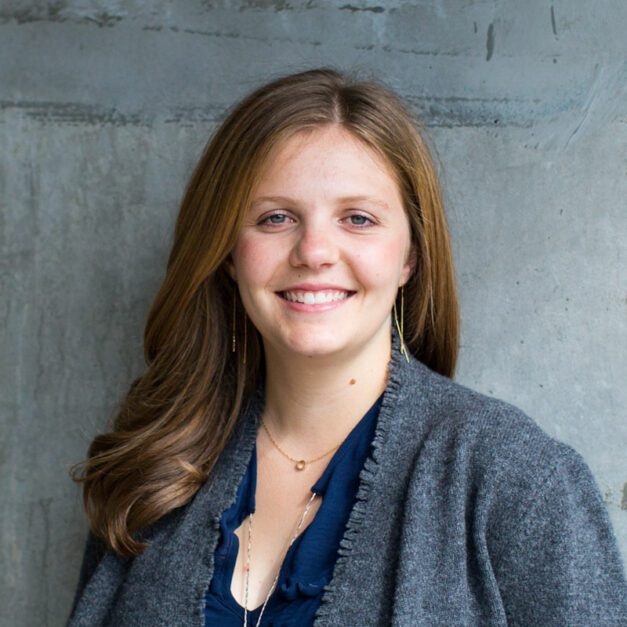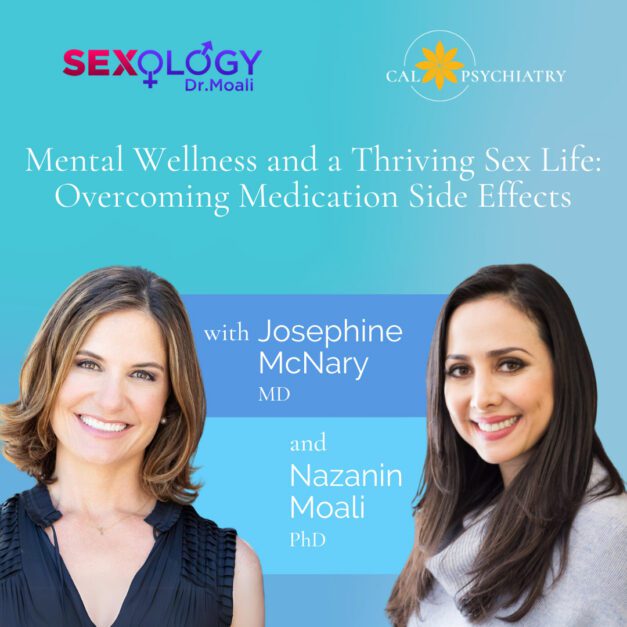Attention deficit hyperactivity disorder known as A.D.H.D is a complex diagnosis. Some people can go undetected in childhood, leading them to present for the first time in adulthood for A.D.H.D.-type symptoms.
With additional research, including brain scan studies, more is now known about A.D.H.D. across the lifespan. According to a recent New York Times article, experts now say that at least 60 percent of children with A.D.H.D. will also have symptoms as adults. This finding supports the importance of early detection and treatment for children with A.D.H.D., because a great majority of children will not “grow out” of A.D.H.D. The disorder does not “go away” for most patients when they enter adulthood. In fact, many adult A.D.H.D. patients are undiagnosed in childhood and present with persistent symptoms for the first time in adulthood. However, many adults with A.D.H.D. displayed symptoms before the age of 12. This is especially true in female patients who often display inattentive symptoms. By contrast, symptoms in boys and young men, who are more prone to the hyperactive variety of A.D.H.D., can be more obvious to teachers and parents.
Treatment with behavioral modifications, and stimulant or non-stimulant medication, can often alleviate the suffering of patients with A.D.H.D., and is frequently warranted once an A.D.H.D. diagnosis is established. At CalPsychiatry, our clinicians can help a patient get clarity and discuss potential treatment options for A.D.H.D. We are committed to tailoring a plan that is as unique as you are. Call or book your free consultation.





